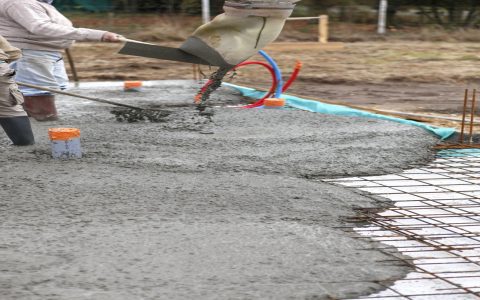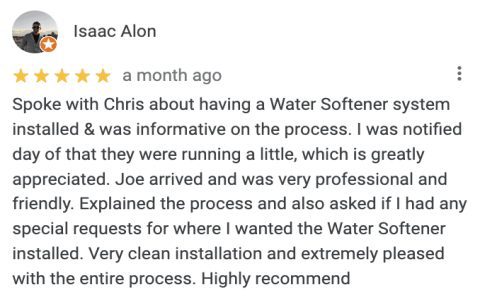Moist-cured concrete refers to concrete that is kept in a moist environment after placement to promote proper hydration of the cement.
Importance of Moist Curing
- Enhanced Strength Development: Moist curing ensures continuous hydration, leading to higher compressive and flexural strength.
- Reduced Cracking: It minimizes the risk of plastic shrinkage cracking and thermal cracking by controlling moisture loss.
- Improved Durability: Proper curing reduces permeability, making the concrete more resistant to the ingress of harmful substances like chlorides and sulfates.
- Increased Wear Resistance: A well-cured surface is harder and more resistant to abrasion.
Methods of Moist Curing
- Ponding or Immersion: Maintaining a layer of water on the concrete surface. Ideal for flat surfaces.
- Spraying or Fogging: Continuously or intermittently spraying water to keep the surface moist.
- Wet Coverings: Using burlap, cotton mats, or other absorbent materials kept continuously wet.
- Impervious Membranes: Applying plastic sheets or liquid membrane-forming curing compounds to prevent moisture loss.
Duration of Moist Curing
The duration depends on factors like cement type, ambient temperature, and desired strength. Generally, a minimum of 7 days is recommended, with longer periods (14-28 days) preferred for high-performance concrete or in harsh environments.
Considerations
- Temperature: Curing is most effective at moderate temperatures (e.g., 50-85°F or 10-30°C). Avoid freezing or excessively hot conditions.
- Continuity: Interrupted curing can be detrimental. Maintain consistent moisture levels throughout the curing period.
- Early Curing: Begin curing as soon as the concrete surface is firm enough to prevent damage.










